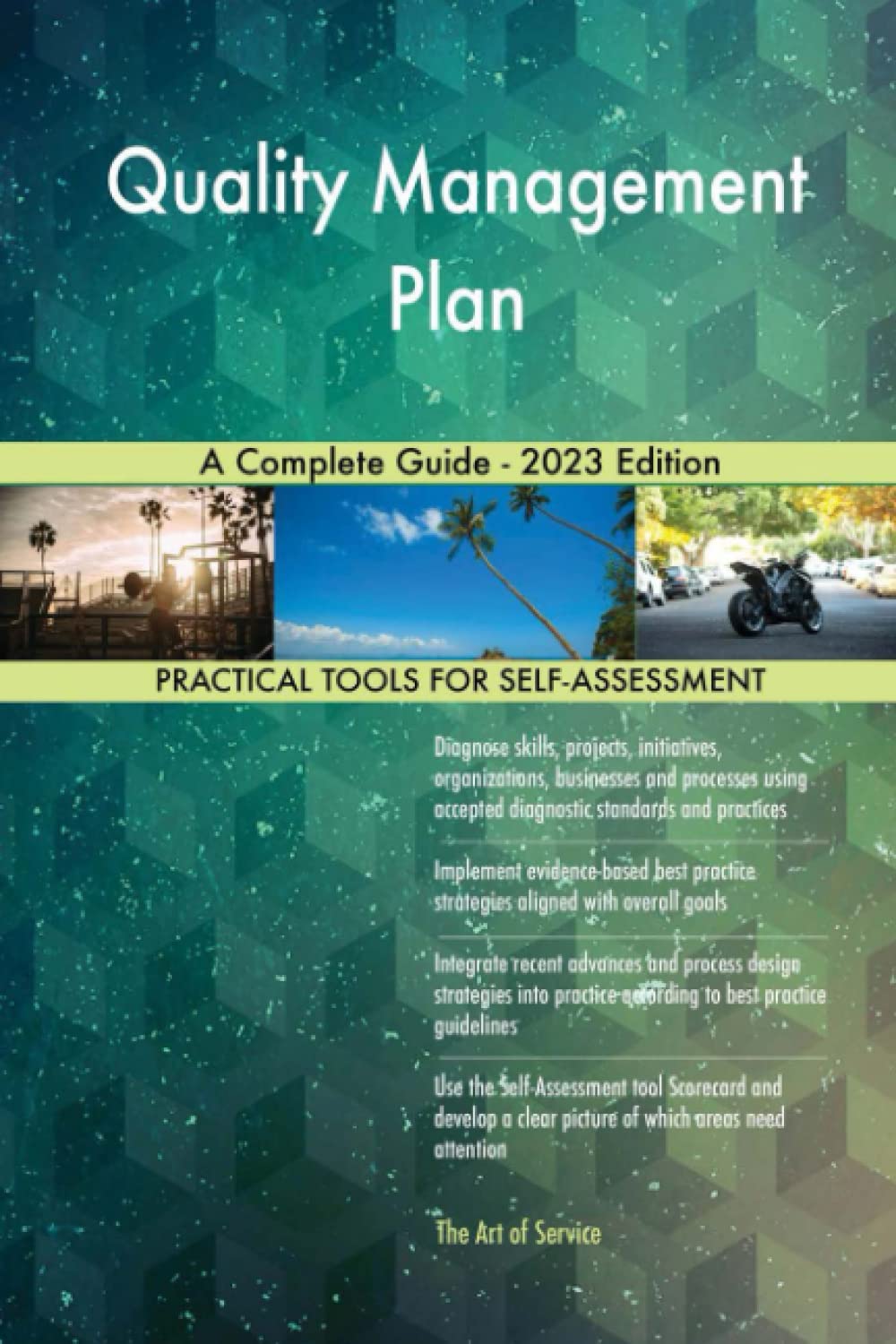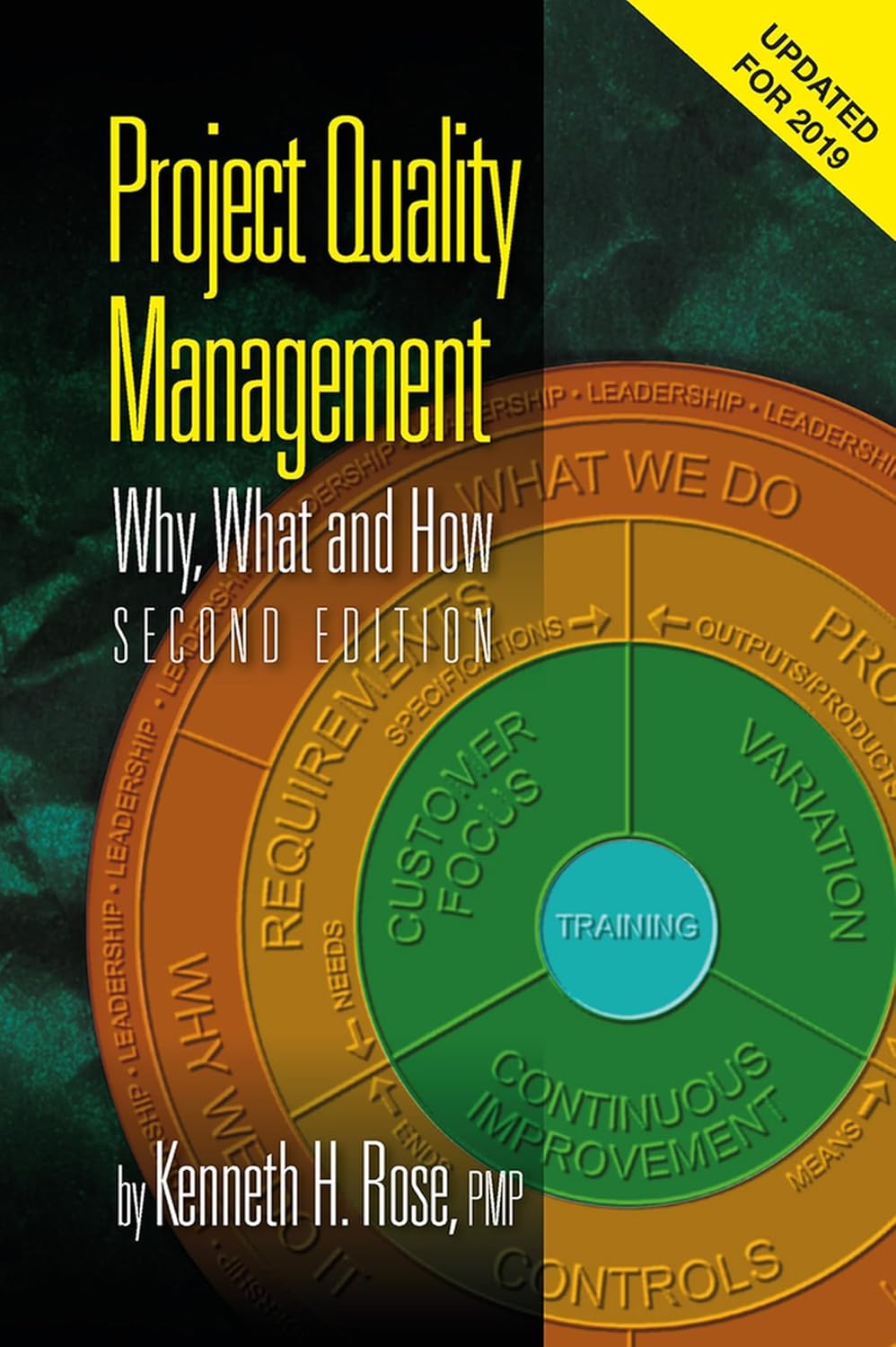
Quality Management Plan
What is a Quality Management Plan?
A Quality Management Plan is a formal document that outlines how an organization will ensure that a project’s deliverables meet defined quality standards. It provides a structured approach to planning, managing, and controlling quality throughout the project lifecycle. This plan includes processes, responsibilities, metrics, and tools to monitor and improve quality. It aligns with the project’s objectives and ensures the processes and outcomes meet stakeholder expectations.
The plan is usually developed during the project planning phase and is a reference for managing quality assurance and quality control activities. It helps project teams identify quality requirements early, define measurable standards, and establish accountability for maintaining them. A well-developed plan reduces the risk of defects, rework, and project delays.
Key Points
- It defines quality objectives, metrics, and acceptable standards for project deliverables.
- The plan outlines roles and responsibilities related to quality management.
- It includes procedures for quality assurance (proactive) and quality control (reactive).
- The plan often details quality audits, reviews, and inspections.
- The plan ensures consistent application of quality policies across all project stages.
Related Terms
- Quality assurance refers to the planned activities that ensure effective processes deliver quality outcomes.
- Quality control involves monitoring specific project outputs to ensure they meet defined quality criteria.
- Scope management is essential because changes in scope can affect quality expectations and planning.
- Risk management intersects with quality planning, as poor quality can increase project risks.
- Project charter provides high-level guidance that helps shape the quality objectives of the plan.
Quality Management Plan: Example
A construction company creates a Quality Management Plan for a new office building project. The plan outlines the quality standards for materials, craftsmanship, and inspections. It specifies that concrete must meet a minimum strength rating and that all electrical systems will undergo third-party certification. The plan assigns responsibility for inspections to a site engineer and outlines procedures for addressing non-conformance. The team schedules quality audits monthly to ensure compliance with regulations and client expectations.
Quality Management Plan: Best Practices
- Involve key stakeholders when defining quality expectations and standards.
- Ensure quality metrics are specific, measurable, and aligned with project goals.
- Use templates or checklists to standardize inspections and audits.
- Regularly review and update the plan as the project evolves.
- Train team members on quality procedures and tools to ensure consistent application.
Additional Resources
Preparing for a PMI certification?
- Exam Prep Courses: PMP®, CAPM®, and PMI-ACP®
- Exam Simulators: PMP®, CAPM®, PMI-ACP®, PMI-PBA®, PMI-RMP®, PMI-SP®, PgMP®, and PfMP®
- Professional Development Units (PDUs): 15, 30, and 60 PDU Bundles




